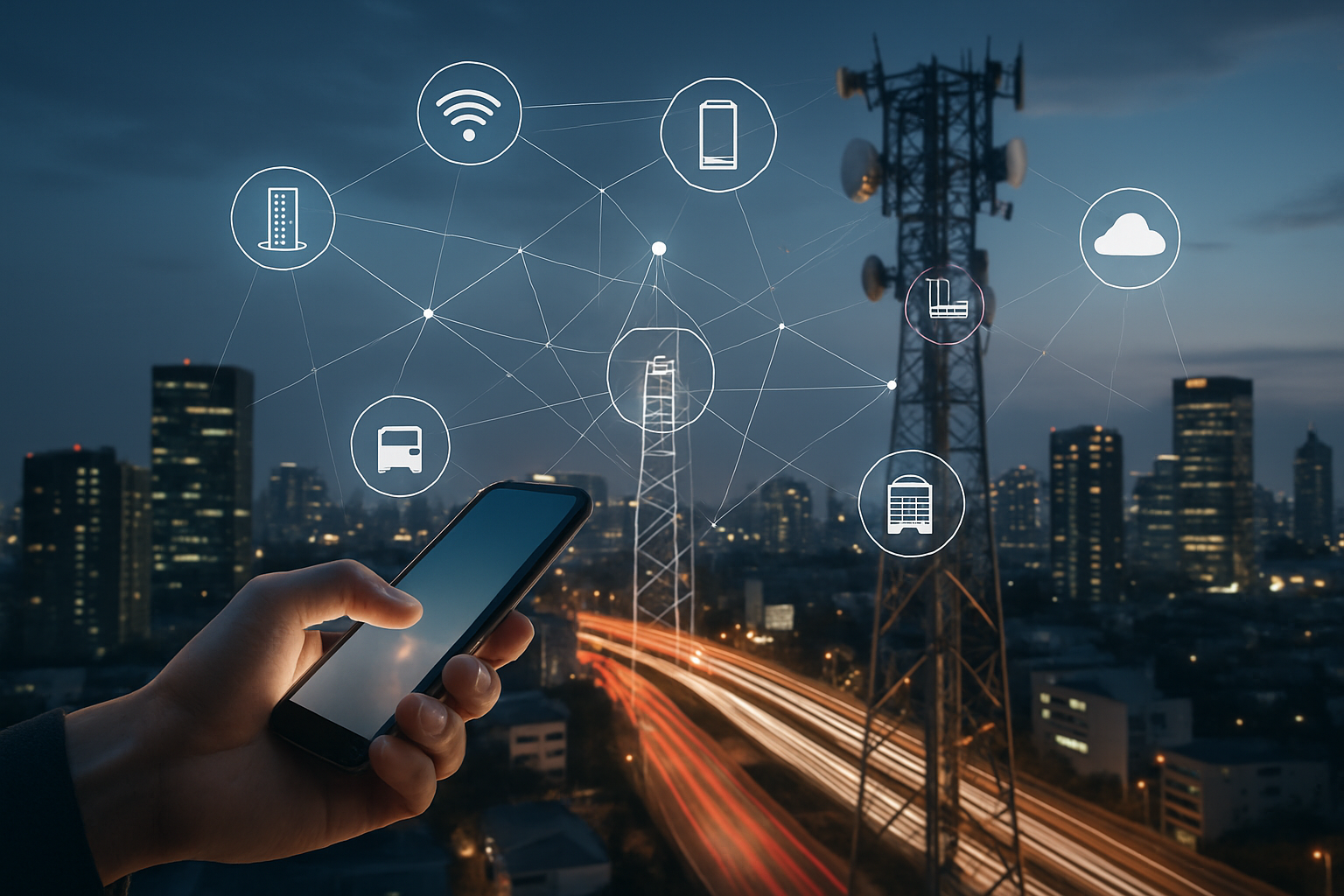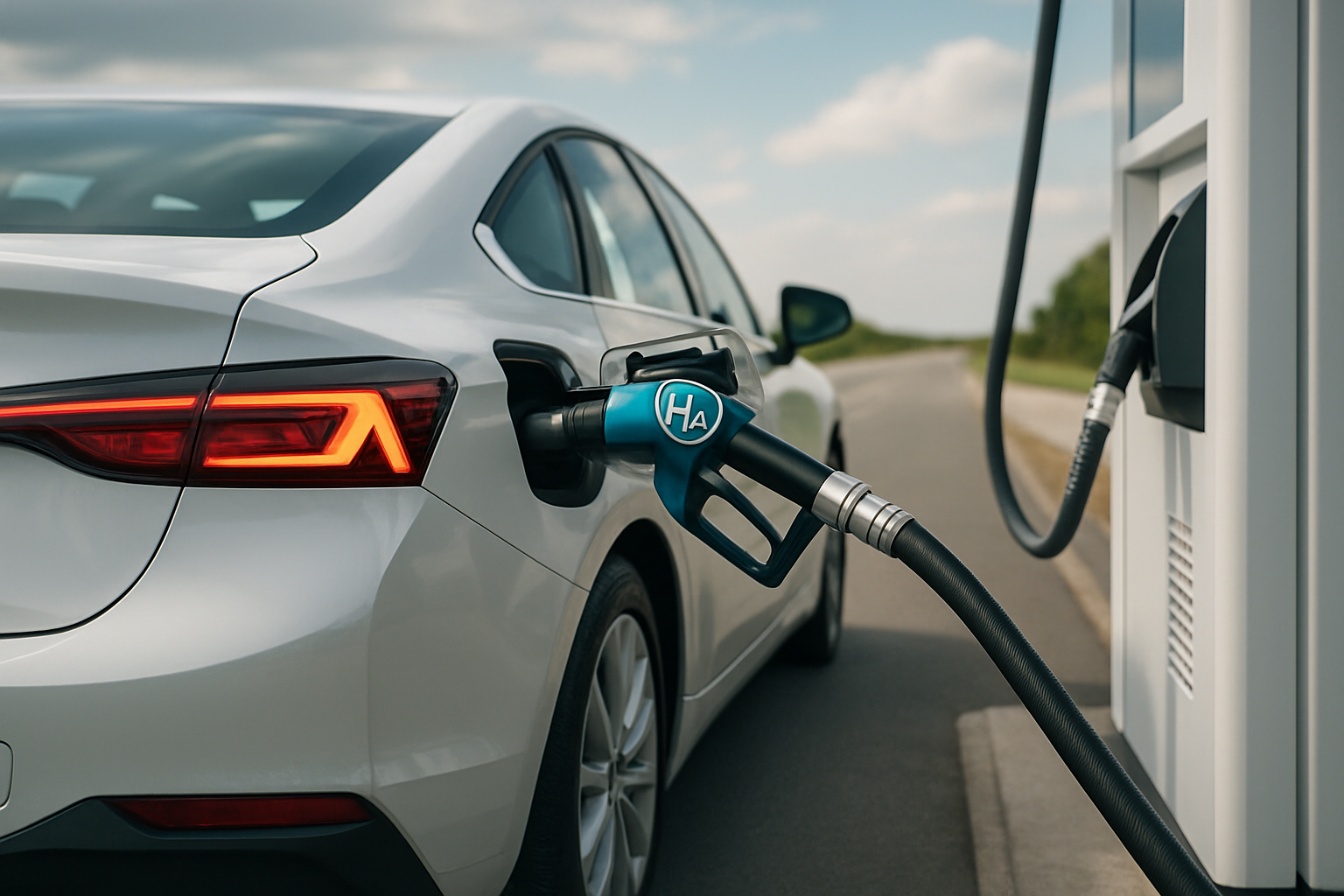Innovations in Telecommunication: Riding the Wave of Visible Light Communication
The dawn of a new era in telecommunication is upon us. Imagine a world where every light bulb could transmit data, transforming the way we connect with the world around us. This is not a distant future, but a reality made possible by Visible Light Communication (VLC). Welcome to the exhilarating world of VLC, the next frontier in wireless communication.

A Journey into the Past: Understanding Visible Light Communication
Visible Light Communication (VLC) is a data communication method that uses light waves instead of radio waves to transmit information. Although it sounds like a futuristic concept, the roots of VLC can be traced back to Alexander Graham Bell’s Photophone, a device that transmitted sound on a beam of light. Over the years, advancements in LED technology and the development of high-speed photodiodes have revitalized VLC, pushing it to the forefront of telecommunication innovation.
The Present Landscape: VLC in Today’s World
Today, VLC is making waves in the telecom industry, promising high-speed, secure, and efficient communication. It’s a critical pillar in the concept of Light Fidelity (Li-Fi), a wireless communication technology that uses light to transmit data and position between devices. Unlike traditional wireless technologies, VLC doesn’t interfere with sensitive electronics, making it an ideal choice for environments like hospitals and airplanes.
The Power and Potential: How VLC is Revolutionizing Connectivity
VLC brings a host of advantages to the table. Its high-speed communication capabilities surpass the conventional Wi-Fi, making it a promising candidate for future data transmission systems. Moreover, it offers secure communication as light cannot penetrate walls, ensuring data privacy. VLC also addresses the issue of spectrum crunch, a looming problem for radio frequency-based communication. However, VLC also has its challenges, such as the requirement of line-of-sight for communication and its limitation to indoor environments.
Practical Applications: VLC in Real-world Scenarios
Visible Light Communication is finding its place across various sectors. In retail, VLC can be used for indoor positioning systems, guiding customers to specific products. VLC can also be leveraged in vehicle-to-vehicle communication to enhance road safety. In the healthcare sector, VLC can ensure interference-free communication, improving the quality of patient care.
The Road Ahead: The Future of Visible Light Communication
As we move forward, VLC is set to play a pivotal role in shaping the future of wireless communication. With continuous advancements in technology, overcoming the present challenges of VLC seems achievable. The future might see VLC integrated into our daily lives, transforming our interaction with technology.
In the fast-paced world of telecommunications, technologies like Visible Light Communication are proof that the industry is far from stagnation. As we look to the future, the possibilities seem endless, promising a world of seamless, high-speed, and secure connectivity.





